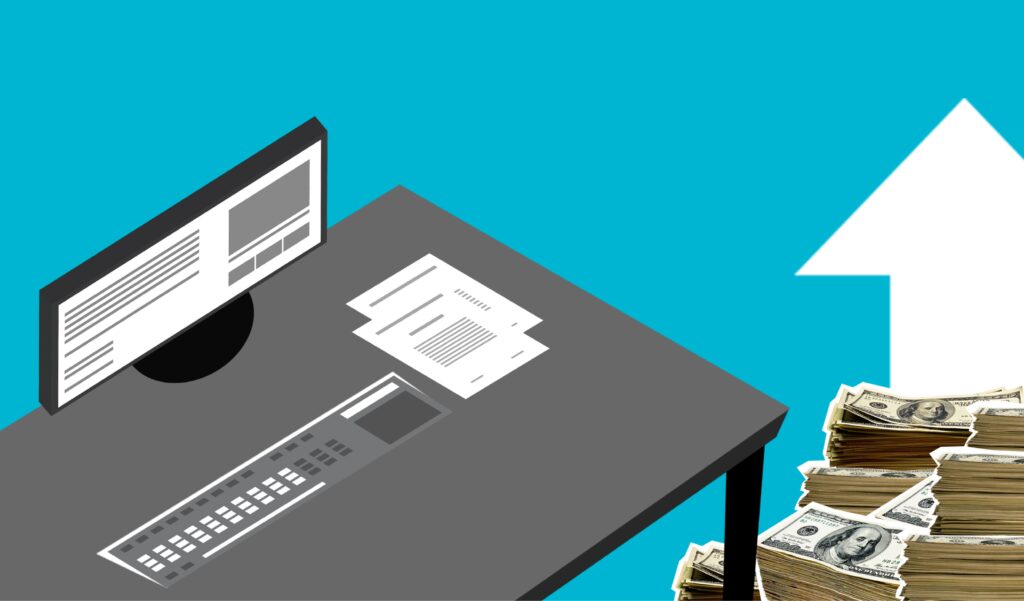When you’re applying for a small business loan, having your financial records in order shows the lender that you are a trustworthy and accountable borrower.
If these documents aren’t in order, or if you’ve submitted the incorrect information, it could lead to your business being denied necessary funding.
In this post, we outline the documents that are frequently requested by traditional small business lenders and how you can stay prepared for the loan application process.
A Clear Strategic Plan
To secure a loan, most financial institutions require you to submit a comprehensive business plan along with the loan application. It serves as a short introduction to who you are and what your company is all about.
The business plan should include a complete set of projected financial statements, including profit and loss, cash flow, and balance sheet. This should reflect a calculated strategy that can communicate to the lender the company’s aims, mission, and how you plan to meet all of your goals.
Business & Personal Credit Scores
When you submit a business loan application, a lender will typically review both your personal and business credit to assess the risk you pose. Having a good business credit score and business credit history makes it easier to get financing for your business.
Otherwise, you may have to rely on personal savings and personal credit cards. Moreover, a good personal credit score can increase your chances of approval and securing a lower interest rate, whereas a bad personal credit score can make the whole process more difficult.
One of the most popular business credit scoring models—Dun & Bradstreet (D&B) PAYDEX—ranges from 0 to 100. A good score ranges from 80 to 100; a bad business credit score ranges from 0 to 49. Experian is also a common scoring model with FICO scores ranging from 300-850.
Income Tax Returns
Your business’ income tax returns illustrate how your business has performed in the past. So most loan programs require applicants to submit the last two to three years of signed personal and business federal tax returns.
If your business is new, you should ask your accountant to help you create a projection of what your tax returns might look like in the upcoming year. Your personal tax returns may also be requested.
Income Statement
Income statements are especially useful for small business lenders who want to understand how a business has performed over the past year(s). Even if your expenses exceed your revenues—which is often the case for newer businesses—all lenders will want to view your income statement.
Balance Sheet
An income statement is a historical report, whereas your balance sheet is a glimpse of your current financial situation. A balance sheet will represent your business’s financial components, such as:
- Current Assets & Liabilities
- Sources of Equity
- Accounts Receivable
Each of these figures is very important to commercial lenders. If your liabilities exceed your current assets, you may face challenges securing a small business loan with a low-interest rate.
Bank Statements
Small business lenders may want to review your business’s bank account statements during the application process. It’s important that your financial statements reflect the fact that your business is actively earning revenue while managing expenses in a healthy way.
















